From the Executive Director: Week of February 21
22 Feb 2022, by Seth Grigg Share :Major Property Tax Relief Package on Tap
The House Revenue and Taxation Committee is poised to introduce a property tax relief package that will alter how local governments are funded. Under the framework, anyone who owns a residential property and receives the homestead exemption would be exempt from paying nonexempt property taxes to counties, cities, and non-school taxing districts. Property owners would continue to pay exempt property tax levies (levies for voter approved bonds) and levies to school districts. To offset the loss of revenues to counties, cities, and school districts, legislators are proposing to increase the sales tax from 6% to 7.95%, 1.75% of which would be dedicated in statute for property tax relief and .2% of which would be used to increase the grocery tax credit to offset the increase in sales tax on food.
If enacted, the 1.75% sales tax collections will be distributed as follows:
- Funds collected between July 1, 2022 and September 30, 2022 will be deposited into a property tax relief stabilization fund which will provide revenues to eligible taxing districts during times of economic recession.
- As part of setting a taxing district’s 2022 property tax levies, districts will be required to deduct property taxes attributed to owner occupied properties receiving the homestead exemption from the district’s base budget. Property taxes will continue to be levied and collected on non-owner occupied residential, commercial, industrial, operating, timber, and mining properties.
- The amount of funds received by a taxing district, will be that district’s proportional share of quarterly sales tax distributions as measured by the district’s proportional share of exempted residential owner occupied property taxes compared to total taxes exempted for the all taxing districts in the state.
- Beginning October 1, 2023, and each year thereafter, each district will be entitled to a base quarterly distribution equal to the amount distributed to the district in the same quarter of the prior year. If there is growth beyond the amount distributed in the same quarter of the previous year, 10% of the excess will be deposited into the property tax relief stabilization fund. The remaining 90% will be allocated as follows:
-
- Each eligible district will receive a proportional increase of up to 3%.
- If the remaining excess is greater than the amount required to increase distributions by 3%, the remaining excess will be distributed as follows:
- 38.5% will be distributed to counties in proportion to the number of homestead exemptions in each county as of December 31 of the prior fiscal year.
- 37.5% will be distributed to cities in proportion to the number of homestead exemptions in each city as of December 31 of the prior fiscal year.
- 24% will be distributed to non-school taxing districts in proportion to the number of homestead exemptions in each district as of December 31 of the prior fiscal year.
- The amount of funds held in the property tax stabilization will be capped at 30% of annual distributions. In the event the fund reaches the 30% cap, excess funds will be allocated 38.5% to counties, 37.5% to cities, and 24% to special purpose taxiing districts.
-
IAC is currently working on a fiscal analysis and will distribute the analysis in the coming days. Please stay tuned to your inbox for further updates.






